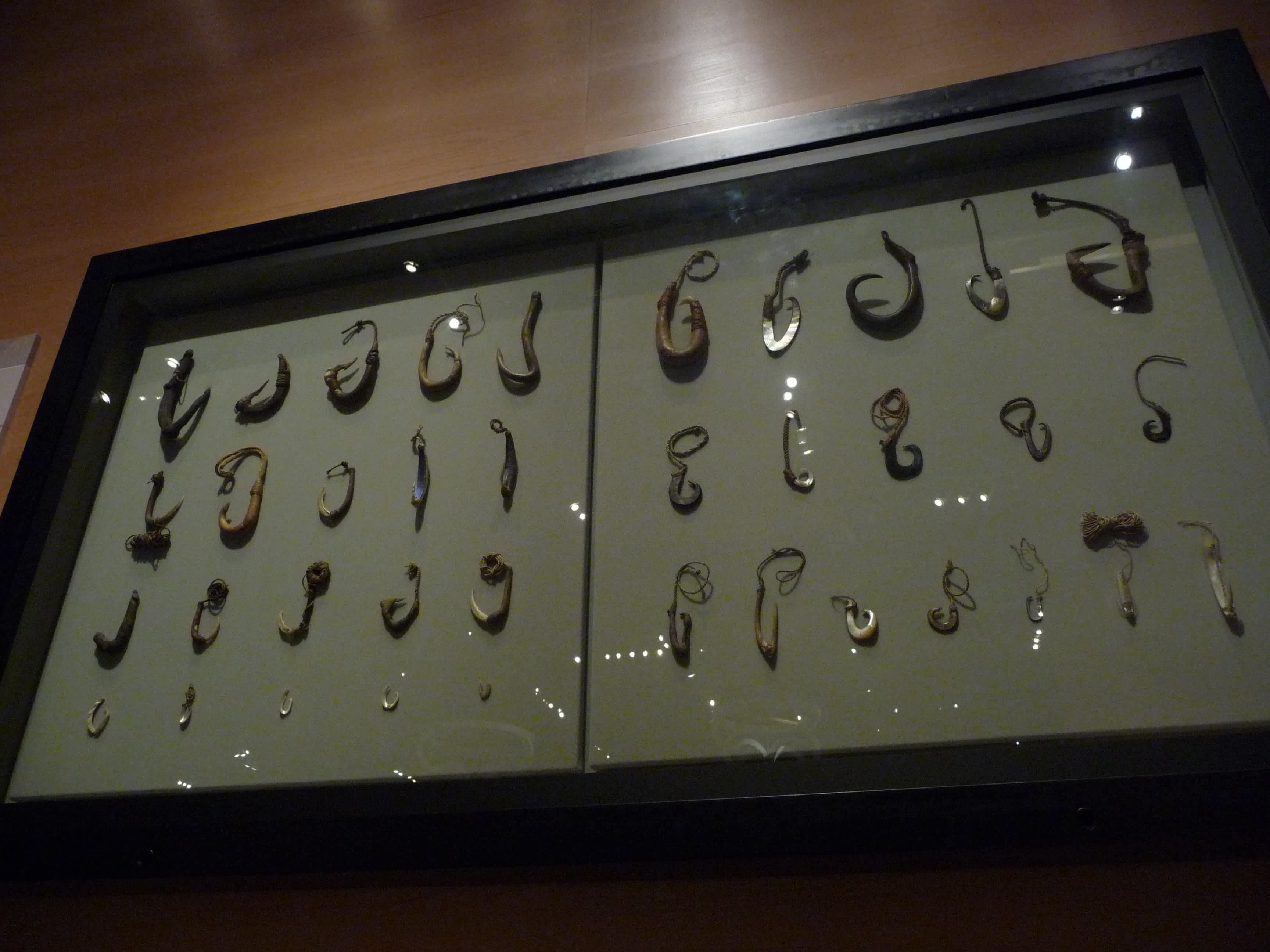Ancient Anglers Fashioned Hooks from Mammoth and Whale Bone
OutdoorHub Reporters 03.14.13

Six fishhooks recently found in Germany have scientists rethinking when humans first started using hooks to catch fish. According to Live Science, the hooks were made from a 19,000-year-old mammoth tusk. It was the first complete find since a 2011 dig that revealed a set of fishhooks in East Timor. Those hooks were determined to be 42,000 years of age, placing them as the oldest fishing hooks discovered. Unfortunately the samples were not complete and scientists used nearby fish bones to draw their conclusions.
The discovery in Germany, while more complete, offered one small mystery. The mammoth hook was nearly 7,000 years older than the other objects discovered with it. Mammoths were also extinct before the ancient humans moved into the area.
The answer was simple. Much like the scientists that uncovered their tools, these early humans also excavated mammoth bones. Much of this was accidental–a flood or earthquake could uncover a full tusk, which was then appropriated and fashioned into tools.
Paleoecologist Robert Sommer believed that the ancient Europeans developed the hook to catch fast-moving fish that they found hard to spear. Other hooks on the site were made of elk and reindeer bone.
Coastal communities such as the New Zealand Maori have been using whale bones as fishhooks for centuries. Bone hooks offer none of the modern amenities such as a Rapala or Lindy lure, but were simple to construct. The ancient fishhooks are a trial-and-error affair that requires precise angles and a lot of patience.
Pictures of the discovery and the published study can be found here.

